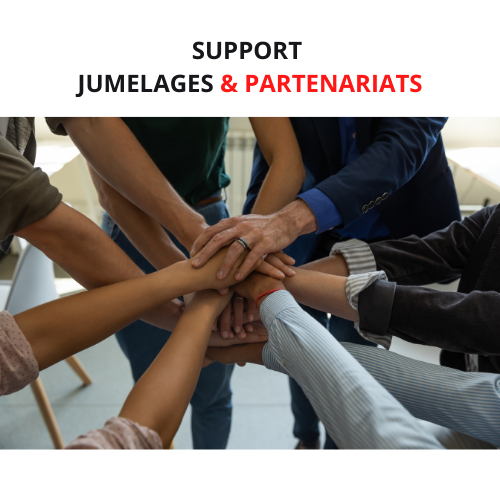Belgium/In Charleroi, a new method in Wallonia for operating on a herniated disc
Back pain is often referred to as the pain of the century, and herniated discs are no innocent cause. Figures from UCLouvain estimate that 50,000 Belgians suffer from herniated discs. At the Clinique Notre-Dame de Grâce in Gosselies, near Charleroi, we have opted for a method of surgery that originated in Germany: the endoscopic technique.
The herniated disc is an ailment that many Belgians are familiar with, without necessarily knowing exactly what it is. Neurosurgeon Emmanuel Costa operates on dozens of them every year at the Gosselies clinic: "Between each vertebra, there's what we call an intervertebral disc (the cushion between the vertebrae). You can imagine a herniated disc as a big, full cushion (the disc), and you stab the cushion with a knife. Imagine that the feathers in the cushion escape. The herniated disc is the feathers that escape and touch the surrounding nerves, creating pain. So the aim of surgery is simply to remove the feathers, leaving the other feathers in the cushion so that the disc can continue to do its job".
Less invasive
In recent years, Dr. Costa, with the support of the Gosselies clinic, has opted for an innovative method of extracting herniated discs. "Endoscopic surgery is surgery that is minimally invasive. In other words, we make an incision of between seven and eight millimeters and pass an endoscope down the back to the spinal column. This endoscopy enables the hernia to be removed with as little damage to the spine as possible. This prevents patients from developing problems such as osteoarthritis or other pathologies in thefuture".
An endoscope equipped with a camera and which retransmits images on a 4K screen, giving the surgeon a highly detailed view of the path taken through the patient's body. "We have incredible visualization on a 55-inch screen. Another advantage of the endoscopic technique is that we can coagulate very small vessels that bleed without doing any major coagulation, and be as gentle as possible on the tissue. And finally, the spine is less unbalanced, because we don't have to cut any bone or muscle, we just go right through to the spine," explains Dr. Costa.
Delighted patients
A method that also benefits the patient, according to the surgeon. "Another big advantage is that the surgery we performed today lasted ten minutes. Open surgery usually takes between 40 and 50 minutes. Hospitalization time is also reduced, because patients experience less post-operative pain, so recovery is simply quicker".
An analysis confirmed by Tristan Renquin, he underwent surgery for a herniated disc in September 2024. "A few months after surgery and serious revalidation, I was able to resume sporting competitions. When I was on the stretcher to go into the operating room, I was writhing in pain. When I woke up, nothing. It's as if there had been an on/off switch for pain before and after the operation," he explains.
Not all advantages
If this endoscopic surgery has nothing but advantages, one wonders why it hasn't yet become widespread, even though it's been around for many years. "It's a technique that costs two to three times more than conventional surgery, because of the equipment, but these are additional costs that the hospital has to bear," explains Dr. Emmanuel Costa. "Now, the patient spends much less time in hospital, needs less medication and less care, and is back on his feet and back to work sooner. So in the end, the overall cost goes down.
What's more, endoscopic surgery requires a great deal of training. "In other words, you have to do a lot of practice before you can master the operation. So there's a lot of training to be done in Germany. You have to practice on cadavers many times. Then German neurosurgeons or orthopedists come to Belgium to train us, to make sure that we can use the equipment safely for the patient. We start operating around the lowest vertebrae, because that's where there's the most space to operate, and the evolution is step by step towards higher surgery at spinal level".
A method that is undoubtedly the future of herniated disc surgery. Dr. Julien Delaunois is currently being trained by Dr. Costa. "Everything is accelerated postoperatively, so it's clearly in the patient's interest. It's an investment to be discussed with the hospitals, but it's all to the good," he concludes.
Source: www.rtbf.be/


